In this digital day and age, there’s never been a better time to create an online presence.
As an artist and creative individual, I bet you’ve toyed with the idea of running your own website.
But you wonder… How do I start an art blog?
Don’t worry, my friend, I’ve got you covered. That’s why, in this article, I’m breaking down:
- The step-by-step process to guide you through brainstorming and launching your new art blog
- An overview of how to choose web hosting and an email provider
- How to promote your blog via social media to build your audience
- How art bloggers make money through active and passive income
By the time you’re down reading, you’ll be well prepared to start working on your own unique art blog!
Table of Contents
1. Define Your Art Niche
Let’s start off by answering your most burning question, “How do I become an art blogger?”
First and foremost, you need to choose a specific art niche with an established online community.
Essentially, this means that instead of blogging about art as a general topic, you’re going to focus on a narrower topic that people online can explore.
For example, mirandabalogh.com fits into the art niche. However, my specific sub-niche is watercolour art.
That means the heart of my content is based on watercolour painting. I mention drawing and art blogging sometimes since those are related categories.
So, to get started on niching down and narrowing your focus, ask yourself the following questions:
- Why do I want to start an art blog? What are my reasons for becoming an art blogger?
- What kind of content do I want to share with my readers?
- What specific mediums do I specialize and have an interest in?
- I.e. Acrylic painting, digital art, illustration, etc.
- What art topics interest me the most? What subjects could I write about over and over without getting bored?
- Am I interested in teaching artistic or creative skills to my readers?
- Is my art blog going to be a hobby or a serious business endeavour?
- If I plan to monetize my website, how will I make money?
Once you’ve reflected upon these questions, write down your answers and analyze the results.
The answers you write down will give you greater clarity on the niche and overall direction of your art blog.
2. Choose a Blog Name
Some people come up with fairly creative art blog ideas. Whatever that is, your blog name should be reflect that overall theme.
Other people, such as myself, simply use our names because we are building personal brands around our art content.
If you decide to come up with a jazzy name, make sure that it’s related to your art sub-niche.
For example, if you are going to start an art and travel blog, make sure your blog name reflects travelling the world (or a specific region/country) to explore art made by that culture.
Or if you’re starting an art critic blog, make sure your chosen name touches upon art from a critical point of view.
Also, keep in mind that this will be the name that you use to market your social media accounts as an artist. So, the name must be something that resonates with you and your target audience.
Go to Google and type “Miranda Balogh” into the search engine. My website—as well as my social media handles with these 2 keywords—will pop up. For discoverability and searchability purposes, it’s important to choose a good website/blog name that you will feel comfortable using for the long-term.
In most cases, the blog name will be your domain name.
To clarify, the domain name is the name of your website. For example, my domain name is mirandabalogh.com.
So spend some time brainstorming a good name for your art blog. It’s better to start off with a good name from the beginning because changing the domain down the line can be frustrating and time-consuming.
3. Choose A Web Hosting Provider
Now that you’ve narrowed down your niche and you’ve chosen an awesome name for your blog, it’s time to choose web hosting so that you can officially start an art blog.
In simple terms, a web hosting service provider provides space on the Internet for your website to exist. In other words, it houses all of your website’s files and data.
Examples of web hosting providers include the following:
- Bluehost
- DreamHost
- GoDaddy
- NameHero
- SiteGround
As a beginner art blogger, I don’t recommend that you spend tons of money on an expensive web hosting provider.
After all, you’re a newbie. You don’t need all the fancy perks and gadgets at the beginning because they won’t make you a better blogger. Only time, practice, and experience will do that.
So, take some time to explore different web hosting options. Consider your available budget, features offered with each plan, bandwidth, storage space, etc.
These vary from company to company, so I recommend that you do some research. Make a pros and cons chart if that will help you make a wiser decision.
Note: In case you’re curious, I started with Bluehost on WordPress. This is a great choice for beginner bloggers because it’s cost effective and easy to navigate.
4. Write Relevant and Engaging Content
Now that the technical stuff is over, here comes the fun part.
It’s time to start writing your art blogs!
There are so many advantages of being an art blogger. And one of them is being able to write amazing content that educates, inspires, and entertains your audience.
However, you might be wondering, “How do I write an art blog?”
Well, when you’re first starting out, it can be tricky narrowing down what to write about. So here are some tips for getting started:
- Decide on 3-4 categories that you want to consistently write about
Don’t worry about organization, structure, and all that jazz right now. Your current goal is to just start writing content.
And since not many people are going to see your blog at the beginning, don’t worry too much about the quality of your blogs.
Writing good blogs takes time and experience, so you’ll naturally become a better writer the more you write and publish posts.
In a nutshell, just start writing so you can begin developing your writer’s voice, tone, and communication style.
5. Publish Blogs Consistently
Real talk:
If you want your art blog to succeed, you have to write and publish blogs consistently.
After all, you need to write dozens and dozens of posts so that they can rank on Google’s first page of results.
The more blogs you write, the higher the likelihood that more people will find your blogs and read them.
And once you start ranking consistently, you’ll see your web traffic increase. Isn’t that exciting? However, this takes many months to accomplish.
Therefore, the best advice I can give you is to manage your time by creating an art blog schedule in which you publish a blog at least once a week, if not more often.
I know it might seem difficult to accomplish at the beginning of your blog journey, but posting consistently is a necessary step on the route to online success.
Note: In 2021, it takes longer for your blogs to rank on Google than ever before. The sooner you publish blogs, the faster you’ll rank and begin driving organic traffic to your website.
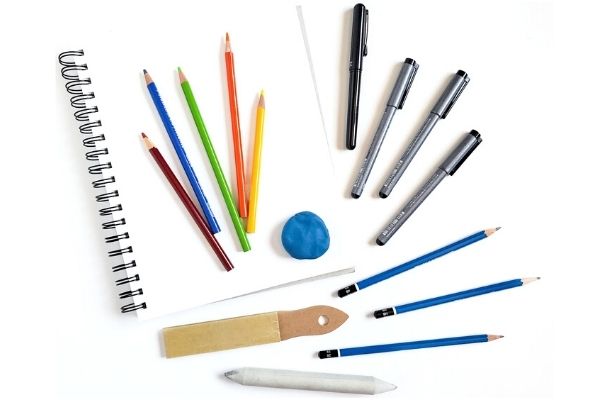
6. Start Building Your Email List Immediately
First of all, what’s an email list?
An email list consists of all the emails that you collect from your website. You collect emails by offering freebies and using opt-in forms to obtain those addresses.
The purpose of a mailing list is to develop an audience of engaged readers to which you can send your marketing emails. These emails include free valuable content, product sales, service offers, and more.
The more subscribers you have, the more likely you will be able to connect with the people on your list and eventually make sales.
As well, if you start an art blog with the intention of monetizing it, then you definitely need to begin building your email list ASAP.
There are many email service providers, but here is a short list of some well-known companies to get you started on your research:
- ActiveCampaign
- AWeber
- ConstantContact
- ConvertKit
- MailChimp
- MailerLite
- SendinBlue
Each email service provider comes with their own plans, advantages, and disadvantages. So make sure you do some thorough research before you commit to a paid plan.
Note: You own your email list, unlike your social media handles which can be closed or shadow banned at any moment without your consent. For this reason, building an email list is crucial for online success.
7. Market Your Blog on Social Media
Marketing is an essential skill that you must learn if you have any hope of improving your blog’s searchability and discoverability.
That’s why it’s essential for bloggers to learn how to leverage social media as a means of promoting their websites.
However, as a new blogger, it can feel overwhelming to juggle not only a brand new-blog, but also several new social media accounts.
As a result, I recommend that you only focus on 1 or 2 social media platforms and master them.
Once you’ve established your brand, authority, and presence on those social media platforms, then expand to others.
Personally, I believe that all artists should leverage 2 visual platforms:
- Pinterest because it is a visual search engine that promotes tons of content across artistic and creative niches
- Instagram because it is a valuable tool for community-building, niche research, and marketing purposes
Personally, I would learn about Pinterest marketing first because it’s one of the only marketing tools that you can leverage for free without paying for ads.
As well, Pinterest content has a much longer shelf life than Instagram content because pins, stories, and videos remain discoverable indefinitely, but Instagram content becomes obsolete in 48 hours.
Instagram, on the other hand, is a great place to connect with artists. You can do a lot of market research here by interacting with hashtags, browsing the explore page, and popping into people’s DMs.
It must be noted, though, that if you’re wondering how to start an art blog on Instagram, I strongly advise against this approach.
Why? Because you don’t own your Instagram account. What’s worse, content has a very short shelf life. You can’t monetize an Instagram art blog in the ways we’re about to discuss in the next section.
Note: If you need a detailed breakdown of the pros and cons of Pinterest vs Instagram, then check out this article.
8. Decide How You Want to Monetize
If you don’t want to learn how to make money with your art blog, then skip this section and keep reading.
However, if you want to find out how do you start an art blog and make money, then this section is perfect for you.
First of all, you might wonder, “Do art blogs make money?”
Long answer short: yes, they do! If you know how to monetize your blog properly.
Here are some common and popular ways in which art bloggers make money via their blog and website. You can:
- Start affiliate marketing (such as through Amazon and ShareASale)
- Join ad networks (like Mediavine and Monumetric)
- Work with brands to get sponsorships
- Create and sell a course to teach your audience an artistic skill
- Sell digital products for easy passive income
- Sell physical products such as prints, stickers, etc.
- Sell services such as commissions, coaching, etc.
Now that you’ve read through this list of monetization strategies, it’s time for you to consider how you’ll monetize your art blog.
Do you want to sell products? If so, will they be physical or digital? Do you enjoy teaching? Then create an online course.
Or perhaps you’re interested in affiliate marketing? Most beginner art bloggers start with the Amazon Affiliate Program to promote art supplies and related products.
Whatever you decide, start brainstorming the possibilities because it’s smart to think long-term.
Then, do some basic research to dive deeper into your chosen monetization strategies so that you’re aware of how to get started with each one.
9. Collaborate with Artists in Your Niche
Last but not least, you should start collaborating with other artists, creatives, and content creators in your niche.
After all, when we all work together, we all prosper together.
So do some research and make a list of all the potential people you’d love to collaborate with.
Ideally, your list should have at least 10 people as not all artists will be able to or want to collaborate with you. And that’s okay.
Art collaborations are such a wonderful way of making connections and exposing your work to a wider audience of like-minded people.
Or you can write a guest post for another art blog so that your work can get in front of more readers who might follow your work.
Conclusion
And now you officially know how to start an art blog.
I’m so excited for you!
Being a blogger is such a rewarding job. It feels wonderful knowing that readers from all over the world are enjoying your content and subscribing to your email list for more free value.
And the best part?
It’s a wonderful way to make money, establish a personal brand, or even build an online art business! The possibilities are endless.
So I encourage you to dream big as you begin your blogging journey. It’s all going to be worth it in the end. You’ll see!
Are you interested in starting an art blog, or any other kind of creative blog? If so, what would be your niche? Share your thoughts in the comments below!
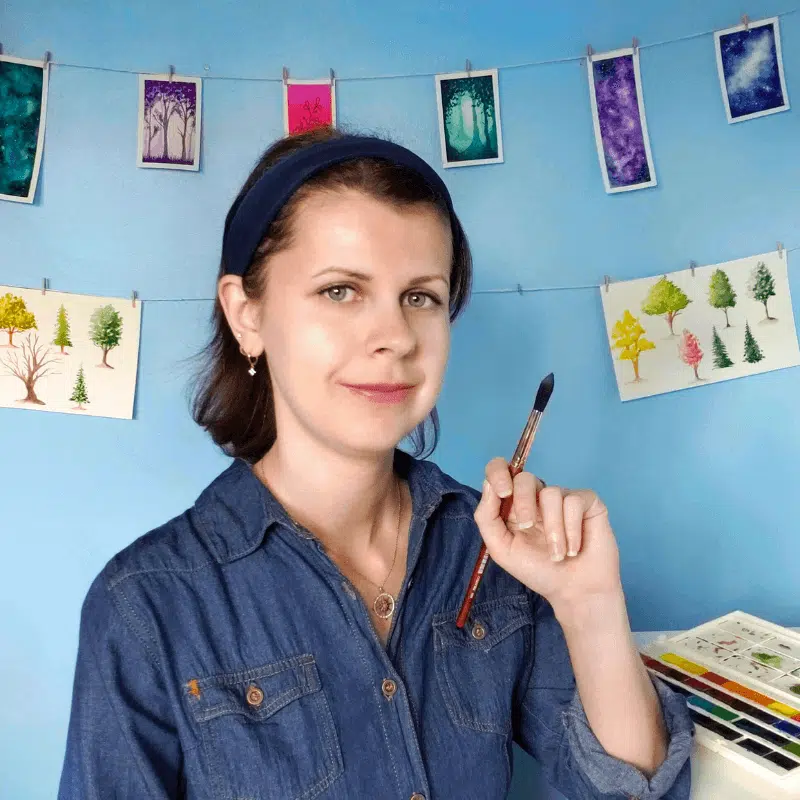
Miranda Balogh
Artist & Online Educator

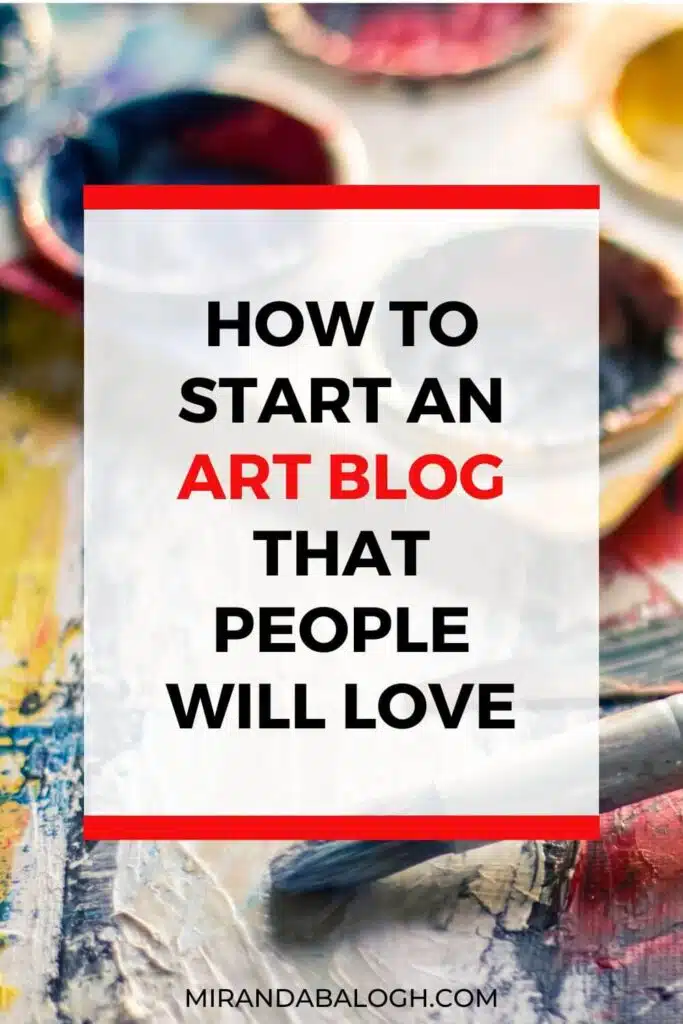
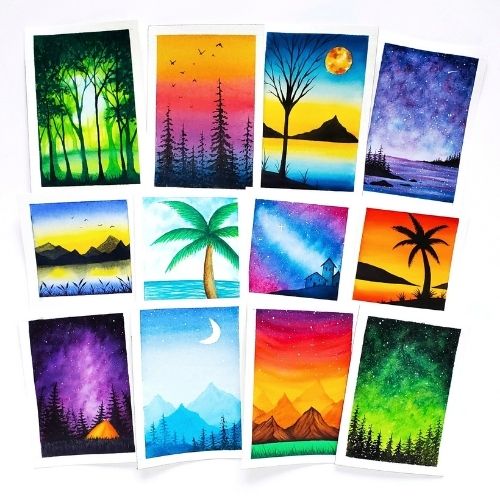
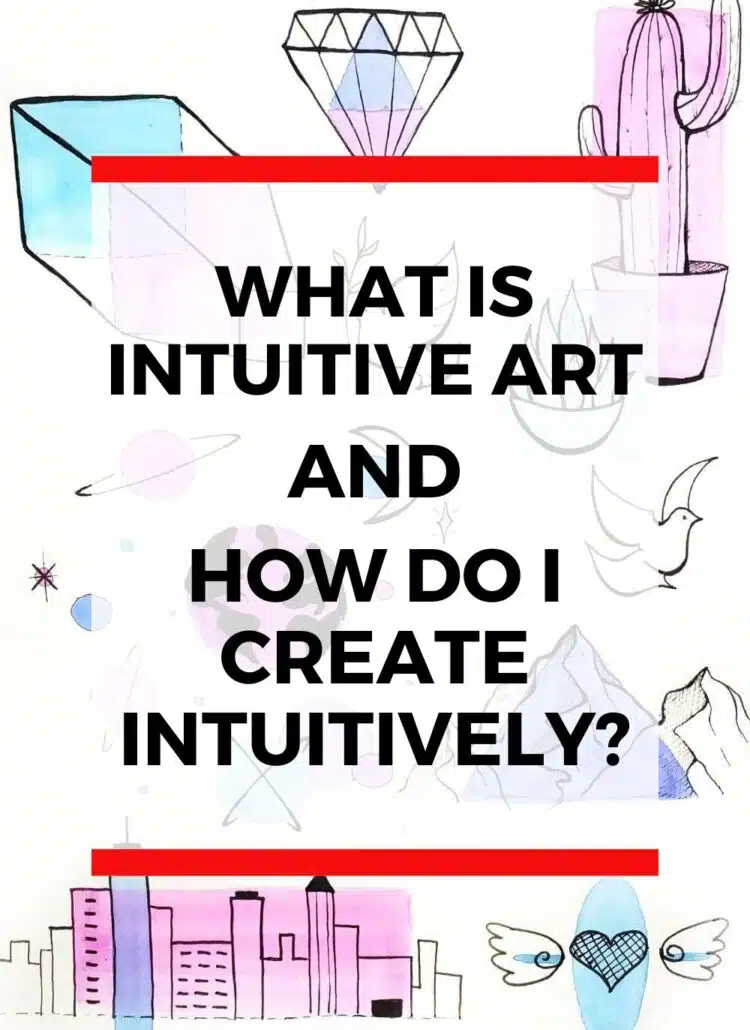
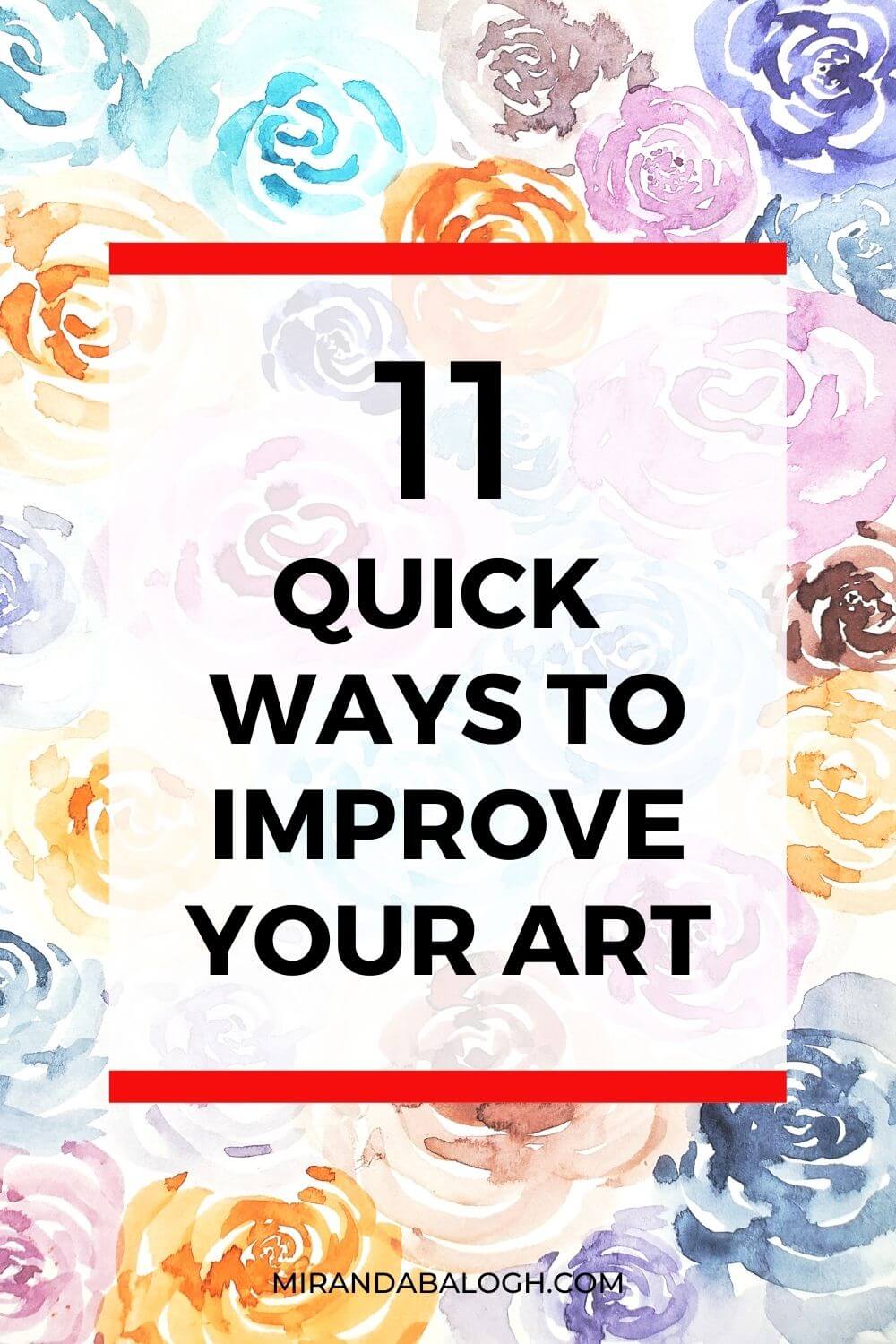
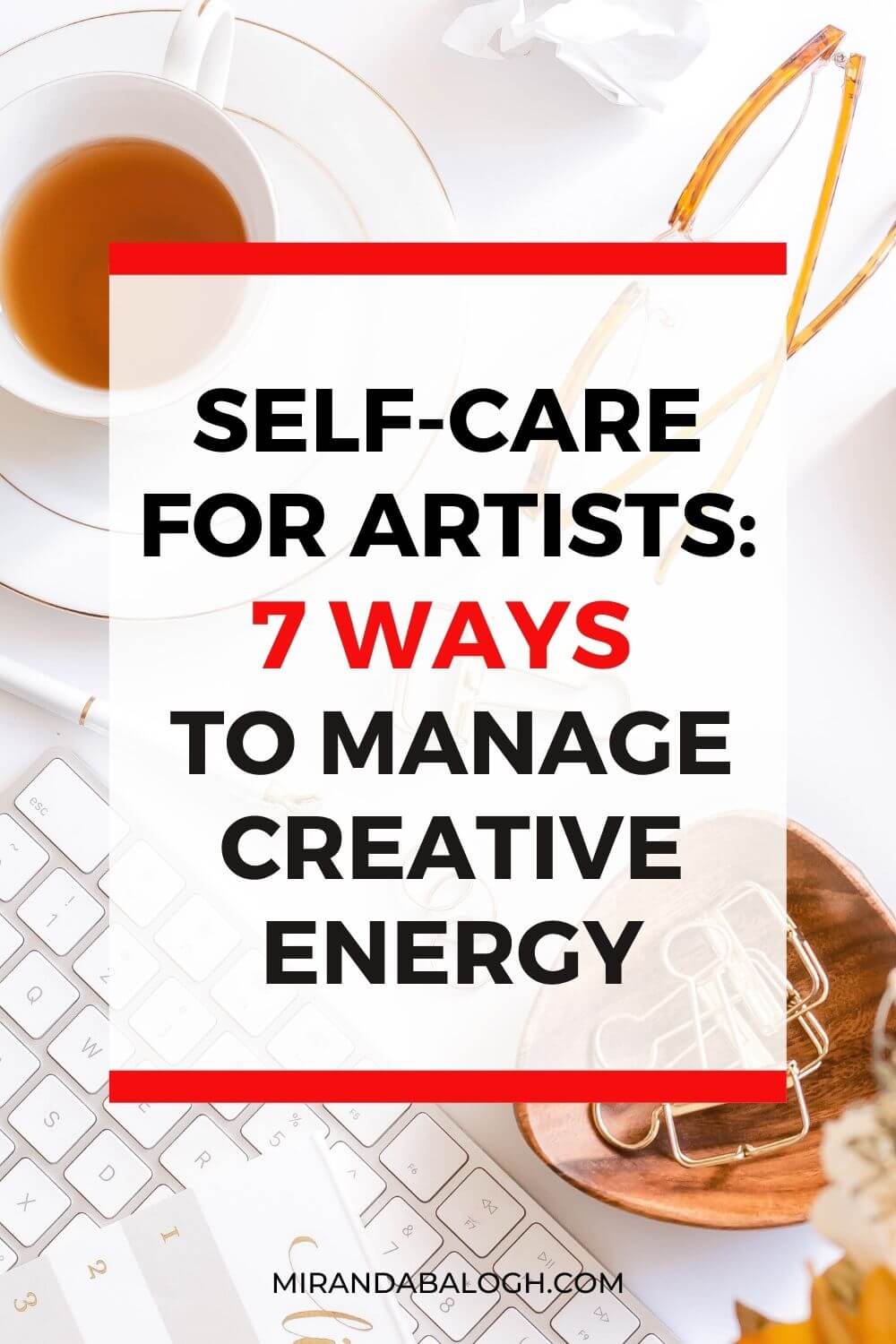
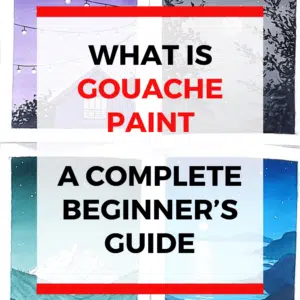
Very helpful article. But fix your image error, please.
Thank you! I’ve fixed the image error.
Thanks for this!
I realized recently that Instagram was negatively impacting my self-esteem and not really helping with sales, despite all the work I did to more than double my follower account this year. Instagram followers (in general) just aren’t buying art. They’re interested in entertainment, and I want to make art, not just content.
I feel like blogging will be a more authentic way to express my ideas and talk to people online. I’m not a 5-10 second clip kind of person! I have more to say. I mean, I wrote a whole book a few years ago. I’m pretty sure I can handle writing a blog.
Anyway. Thank you so much for these helpful tips, I feel really encouraged and I’m glad you wrote this.
Thank you for sharing your insights, Ruby! I’m glad you found this blog post helpful.
Thank you for some great information I am an artist and entrepreneur since the 70’s
I am gathering info on adding a blog to my Amazon /Etsy /EBay accounts with a real lack
Of this type of skills I think I need to farm all technical type of work out to the pros
Although I am a excellent salesman and knowledgeable /professional more than anyone
I have ever met. The video/ written part seems like right up my alley so where should I begin
I’m glad you found this article useful. I hope your blog does well, so good luck!
This has really helped me get clearer on what I’m blogging about and to whom. Just need to put the plan into action now!
That’s awesome! I’m glad that you found this blog post helpful. Good luck with your blog!